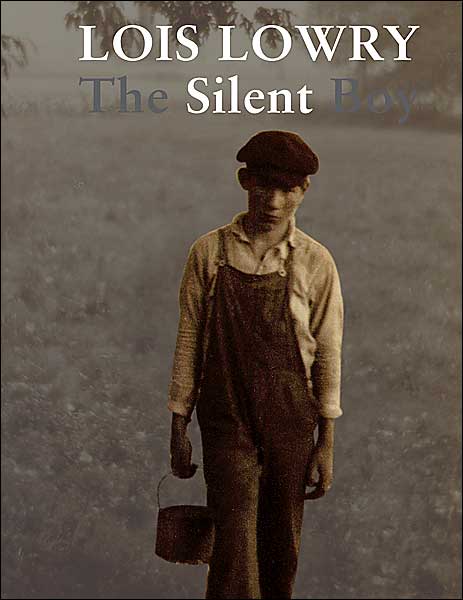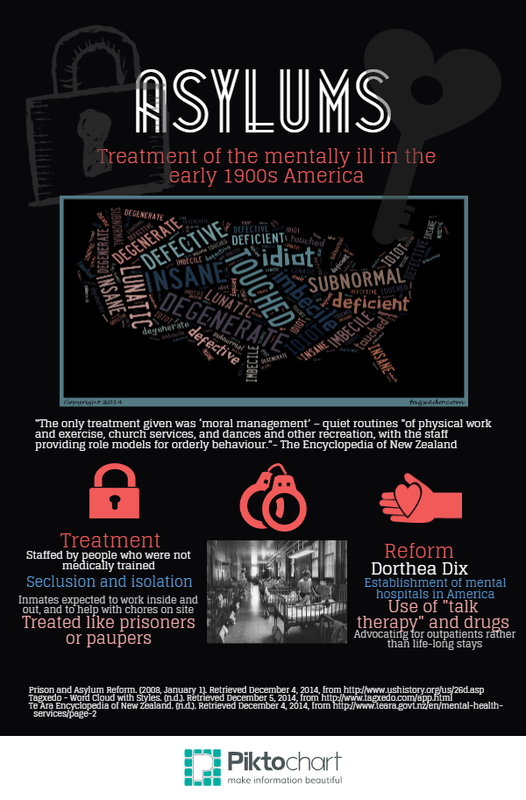"IF I TRY TO TELL THEM THIS STORY, THE ONE I AM ABOUT TO SET DOWN HERE, THEIR PARENTS WOULD SEND ME WARNING LOOKS OVER THE HEADS OF THE CHILDREN. DON'T, THE LOOKS SAY. STOP.
MEANING, TOO DEPRESSING, TOO COMPLICATED.
TOO LONG AGO.
IT IS NOT REALLY A STORY FOR CHILDREN, THOUGH IT IS ABOUT A CHILD."
-- THE SILENT BOY
MEANING, TOO DEPRESSING, TOO COMPLICATED.
TOO LONG AGO.
IT IS NOT REALLY A STORY FOR CHILDREN, THOUGH IT IS ABOUT A CHILD."
-- THE SILENT BOY
Projects
Written response
|
Purpose of the written essay: Consider the unique perspective of Jacob in The Silent Boy, which is not shared in the novel.
|
Prompt: Throughout the novel, Jacob is literally not given a voice. We as readers are often left guessing at his thoughts and emotions, and are limited to what other characters say about him or Katy’s impression of Jacob. Think about how you viewed Jacob as a character and imagine what you think he might say to his family and friends. Compose a letter Jacob might send to a character in the novel after being taken away from his family. Be creative! You have many choices to make: Who is the letter addressed to? How does Jacob feel toward that character at the end of the novel? Would Jacob want to see that character again? What is going to happen to Jacob?
|
For an example of the written response project, see here.
Podcast
|
Purpose: Create an informative or narrative podcast discussing the closing of the hospital mentioned in The Silent Boy.
|
Prompt: At the end of the novel, we are left wondering what happened at the Asylum when the hospital mysteriously shuts down. As readers, we have to make a choice about what we think really went on. Consider what life at the Asylum must have been like for Jacob and the other residents. Why might it have closed so suddenly? How would different members of the community react? What would be the implications for the characters in the novel? Your job is to tell the untold news report of the closing in the form of a podcast. Things to consider: music choices, tone of voice, background noise,volume, dialect
|
For an example of the podcast project, see here.
Video
|
Purpose: Create a digital narrative based on the process described in the interview with Lois Lowry (posted below).
|
Prompt: Read the article posted below and think about how Lois Lowry went about writing this novel. Choose an old family photograph if available (or find a photograph of a person online if not) and imagine a possible story about the photograph. Craft a digital narrative telling the story you imagine. Include your photograph in the beginning of your video. Things to consider: images, video footage, lighting, filters, music choices, background noise, voice-overs
|
For an example of the digital narrative project, see here.
|
Check out an interview with the author, Lois Lowry! Lowry explains how she got the inspiration for this novel when finding an old picture of a boy. We will imitate this process when we create our digital narratives.
|
Infographic
|
Purpose: Create an informative infographic about Asylums or Asylum reform during the beginning of the 20th century.
|
Prompt: Create an informative flier, or inforgraphic, to spread awareness of Asylums or Asylum reform. Focus your information on the beginning of the 20th century when Jacob would have been at the Asylum. Be sure to include factual information and cite your sources appropriately. Things to consider: images, text, color/ contrast, maps, charts, graphs
|
For an example of the infographic project, see here.



